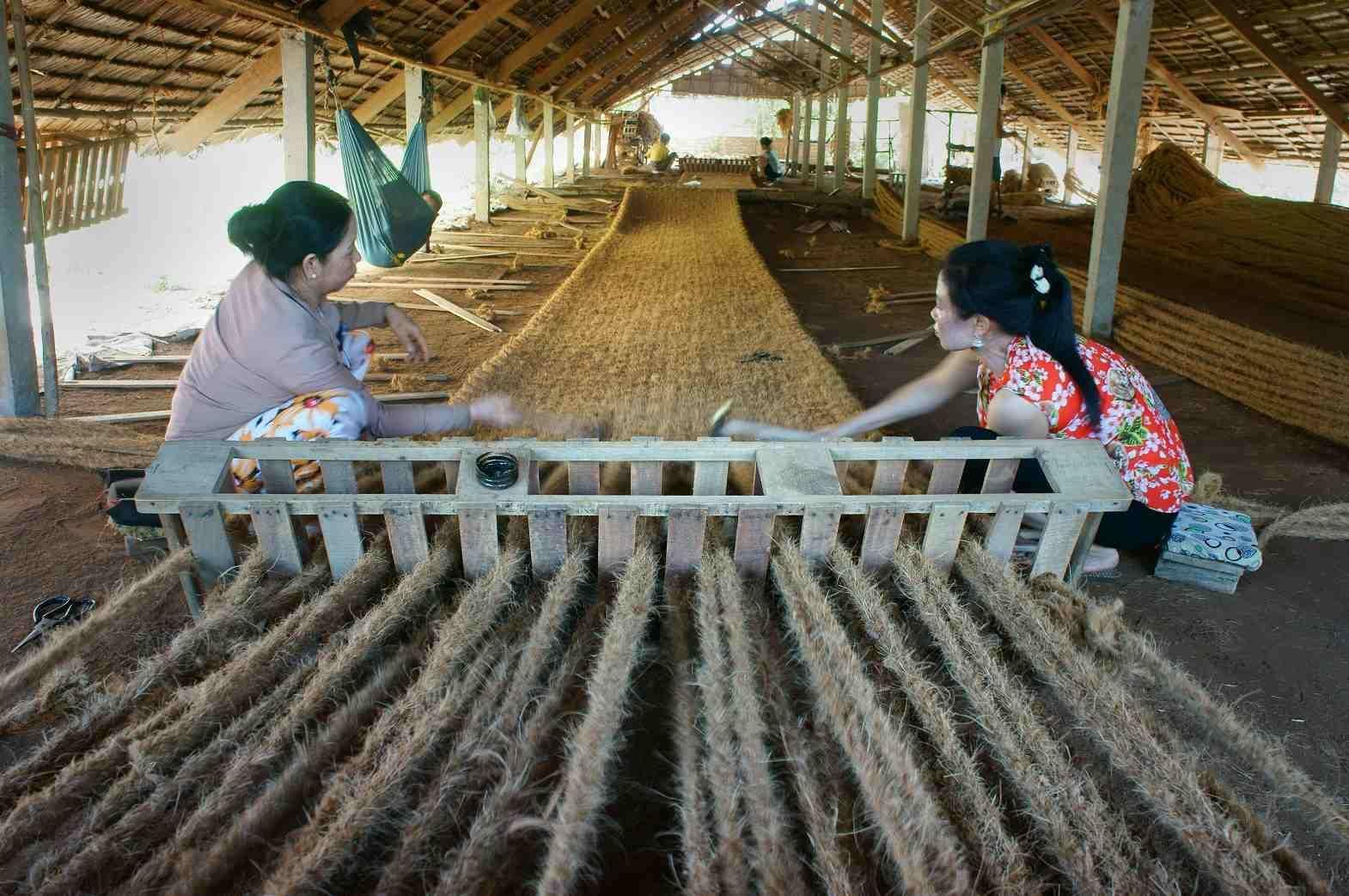The use of fruits to extract fibers for fabric production represents a unique and innovative development in the field of fiber technology. Natural fibers like cotton, wool, silk, and linen have long been known to the textile industry, but the utilization of fruits such as coconut, pineapple, sugarcane, and banana to create eco-friendly and sustainable fabrics is a relatively new trend.
The blending of pineapple fibers, due to their silk-like qualities, with materials like polyester and silk has opened up new possibilities in the textile industry. Additionally, their characteristics such as high strength, biodegradability, and affordability make pineapple leaf fiber a valuable resource for manufacturing technical textiles. Fabrics made from pineapple fiber are soft, lightweight, easy to care for, and washable. The Philippines is the world's largest producer of pineapple fiber, which is used in the production of upholsteries, home textiles, garments, non-woven materials, and technical textile fabrics.
Banana silk yarns obtained from the plant have a lustrous texture and are used to make scarves and saris. The 14 layers of the banana plant are used to make banana silk fibre, which is made in countries like India, Nepal, and Malaysia. This silk is being used as vegan-silk or eco-friendly silk in the textile industry. Moreover, the high tensile strength of banana silk and adaptable dyeing quality makes it an excellent substitute to the conventional silk.
Coconut Fibre
The use of coconut fibres in textile has been limited to rugs, fillings in seats, and mats. But with innovation and research lately have brought up new applications of coir especially in apparels and geo-textiles. The coir has the highest amount of lignin which makes the fibre strong and a good resistant to microbes. The fibre is woven into geo-textiles and is used in regions where soil erosion control and sustainable vegetation is required. Thick coir blankets made from these high tensile fibres last longer, have high absorption quality, resist germinations and are completely biodegradable. The waste coconut husk is spun together with recycled polyester for making insular jackets. Such novel uses make the moisture wicking and warmth retaining features of the coir to the best use in garments.
Sugarcane Fibre
The sugarcane fibre is obtained from the cane stalk of the fruit, also known as bagasse. The garment industry uses bagasse, essentially a waste product, to make textile fibres. Lyocell is a sugarcane fibre made from the bagasse having immense potential application in the medical field. The tenacity, softness, and the biodegradability of the fibres make them the perfect raw material for making disposable medical and commercial textile. Sugarcane fibres used with a blend of selvage denim are also being used to manufacture denim pants and jackets using the age old Japanese techniques.
The never thought use of sources such as fruits, which were until now used as edible items, have become raw materials for developing textile fibres. The growing awareness among consumers regarding ethical and vegan fashion has led to the ever increasing demand for the use of natural fibres in not just garments but the whole of textile industry. Use of fruit fibres makes the textile materials environmentally friendly, organic, and biodegradable commodities. Moreover, since some fibres are also developed from by-products and wastes of the plants, they are also recycled fibres. Fruits, which not just taste good but also look good, are slowly making their way into the textile world.
References:
1. Fosetonline.org
2. Qieys.wordpress.com
3. Fao.org
4. Trendhunter.com








Comments